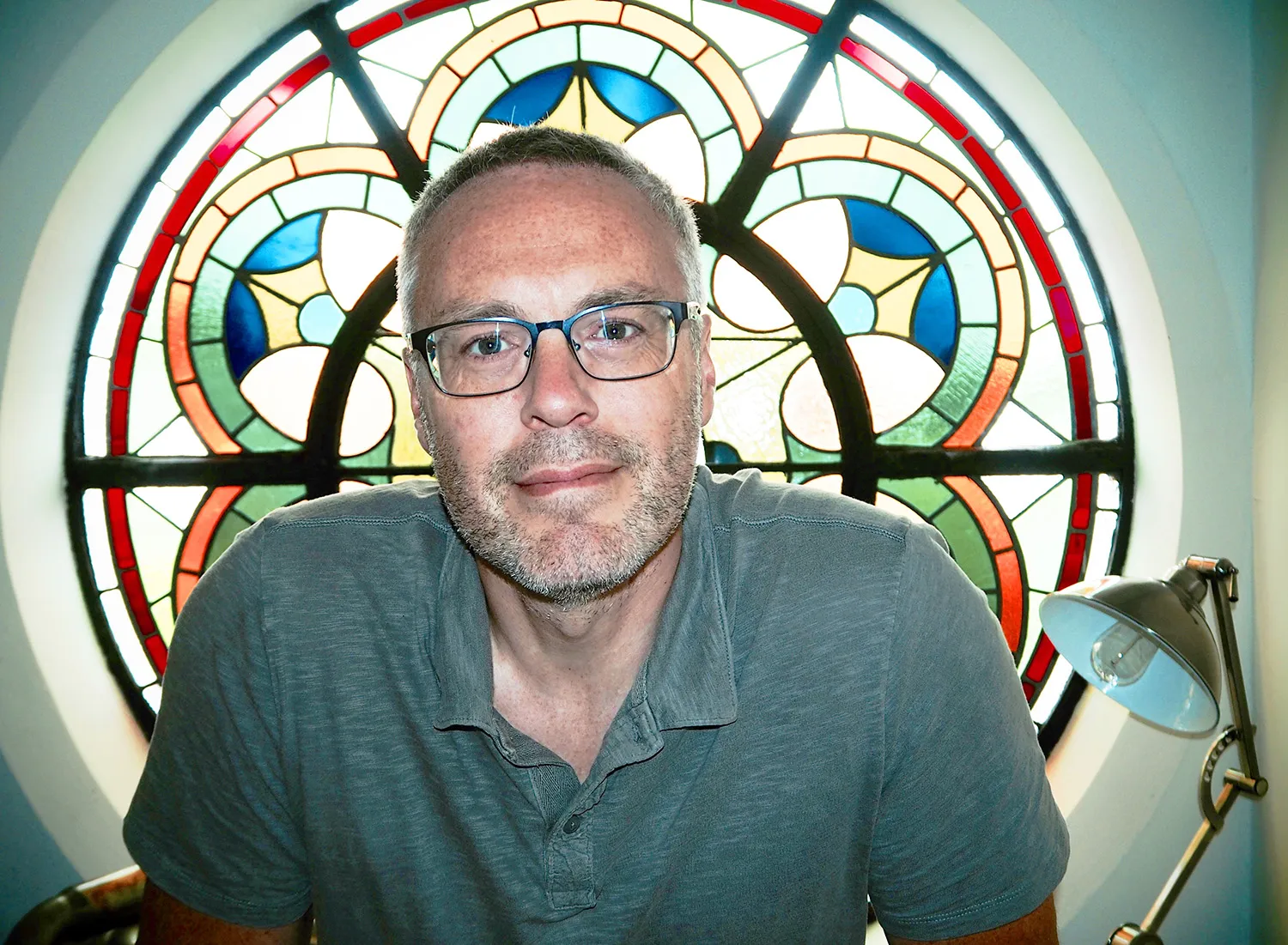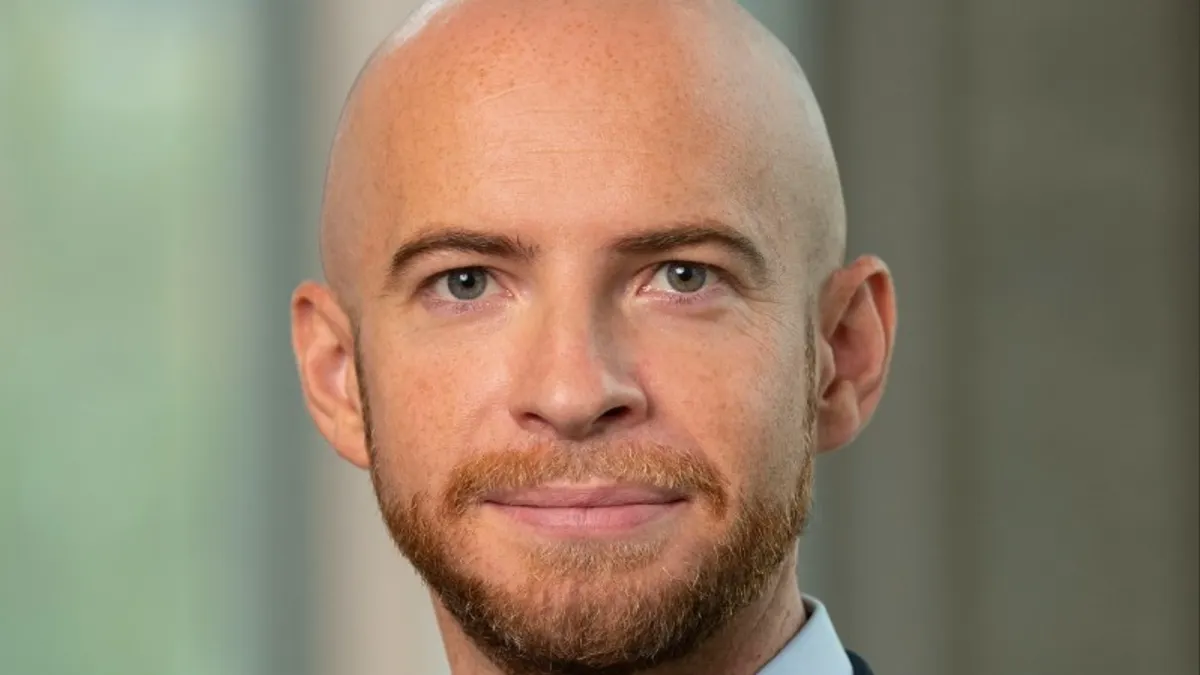Ping pong tables, cold brew on tap and bean bag chairs — these are just a few of the workplace amenities companies across many industries have implemented to foster creativity.
Designed as ways to increase energy levels, stimulate collaboration and decrease stress, companies have banked on these perks to boost productivity and efficiency. But are they really the golden keys to innovation in the life sciences?
The answer is likely no, some say.
“Sometimes people will work 45 hours a week,” at a company and will take advantage of such amenities but won’t be as productive, Neil Kumar, co-founder and CEO of BridgeBio, said. “That can't be the case here. Biotech is too hard,” he added.
Under Kumar’s leadership, the rare genetic disease biotech gained two FDA approvals for new drugs last year, and since it was founded in 2015, has earned 15 INDs. But the key to the company’s success isn’t gimmicks, Kumar said — it’s the people and work structures.
“What happens in pharma is you've got a lot of people in offices talking about decision-making processes, and very few people who are literally spending the entirety of their time working on the actual science,” he said. “The way I think of success is approved products that make a meaningful difference to people and progression of programs.”
Mike Rea, CEO of IDEA Pharma, a life sciences strategy firm that advises companies on innovation, echoed a similar sentiment, and argued that above all else, company systems are key.
“If you take good people and you give them a great process, that's much better than great people with an OK process,” he said.
Here, Rea and Kumar provide tips on how companies can develop better talent and drive drug innovation.
Create small, agile teams
While ranking the top 30 pharma companies for the annual Pharmaceutical Innovation and Invention Index over the past 12 years, Rea said IDEA Pharma has found that “teams make most of the differences and companies only make some of the difference.”

That’s why keeping teams small is so important. When you have too many hands working on one project, politics can easily get in the way, Rea explained.
“You have a bunch of people that want to be part of (the) success, and then it drags it down,” he said. “Pharma has all kinds of amazing people who get ground down by the process.”
To prevent that, Kumar said BridgeBio’s decentralized model of innovation promotes “super energized, small teams,” that focus on a specific area of early stage drug development — what he calls “minimum viable” teams.
While the research teams can draw from centralized finance, marketing, manufacturing and clinical operations resources, the tight-knit nature of each group creates room for greater collaboration.
Find highly focused, passionate people
However, for small teams to work, the people on them must be skilled in the field they are researching, Kumar said.
“I'm a big believer that you cannot solve a specific problem in biology without the specific experts in that given field of biology. If you don't have the experts, you're not going to achieve a very high probability of technical success,” he argued.
For BridgeBio, creating small teams means finding scientific experts in a niche area of medicine, and then further flaming that passion. Finding this talent isn’t as difficult as one might think, either, Kumar said.
“If everyone's aligned, and everyone wants to do the same thing, then good things can happen."

Mike Rea
CEO, IDEA Pharma
While companies who adopt workplace perks may “perceive the problem to be attracting talent,” he said a sea of energized scientists willing to work on the weekends, purely out of a love for what they do and desire to help patients, already exists at research institutions.
“If you look at early days Genentech or Gilead, it wasn't a bunch of super seasoned pharma people. It was a bunch of people who were exploring new technologies with a lot of passion,” he said. Tapping into those groups more often is crucial.
Incentivize scientific progress
Passion goes a long way, but without the right structures in place, even the most fired up employee can get burned out. That’s where incentive structures come in. If implemented correctly, they reward employees for work — both financially and mentally — in a way that encourages them to carry on.
“Private equity firms … have employees in on the weekends all the time. They have these super intense cultures, but no mission that's relevant. They’re not trying to cure a disease. They're trying to make money for people who already have money, right? What we're trying to (do) is marry that mission, but also that super competitive atmosphere,” Kumar explained.

For instance, BridgeBio gives workers financial incentives for meeting specific targets in their own niche program that moves a drug forward for patients, which helps them feel the impact of their work.
Mental rewards can be just as impactful, and potentially more important.
Rea notes that at Google X, employees are incentivized by being given the freedom and permission to tackle their passion projects. One employee Rea talked to said that in order to begin developing a new product team, he only needed permission from two people: his manager and Sergey Brin, Google’s co-founder. Overall, the approval process for the project took just two weeks, and he was granted $20 million.
Encourage collaboration
Innovation is a balancing act, and even in decentralized structures, Rea warned that work should never become too siloed. That’s why companies need to develop systems that encourage cross-team collaboration.
Although BridgeBio research teams are hyper-focused, Kumar said the company hosts once monthly meetings where everyone gets together and talks about what they are working on.
Creating those bigger-picture interactions and allowing people to step away from their immediate work can help generate new ideas.
“If everyone's aligned, and everyone wants to do the same thing, then good things can happen,” Rea said.
For these types of interactions to be most effective, Rea also said they should occur in person.
“I think it's hard to measure in our industry, the insight that might have made the difference to getting something done,” he said.
Pivot after a failure
Failure is a natural part of the scientific and drug discovery process — but it should be addressed right away.
According to Kumar, companies need to be intentional about the ways they reallocate the resources and workforce on a failed product. While no company wants to lose a good employee, keeping somebody on board who might have a narrow expertise, or who might not be excited by other ongoing projects, could be a mistake.
“We shut down a program once for Leber's hereditary optic neuropathy and all the scientists that were working on it went on to work on Lebers hereditary optic neuropathy, just not at BridgeBio,” Kumar said.
In that situation, the scientists can continue working on what motivates them and the company can put more focus on other programs with more potential.
“We'll shut down a program and someone else will show us that we're wrong and that's great (because) patients win,” he said.
















